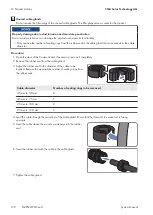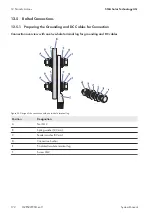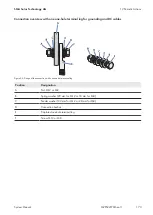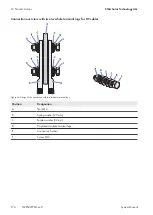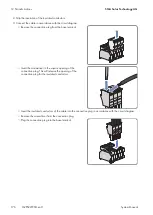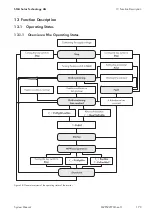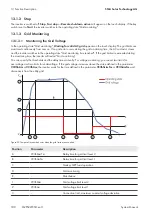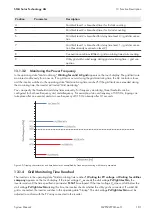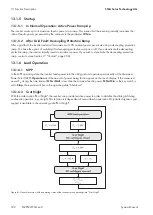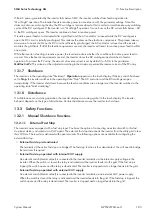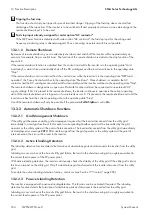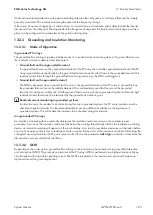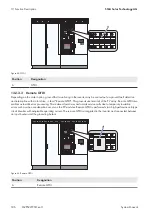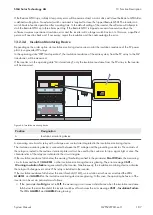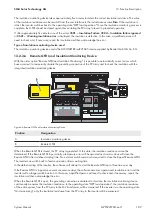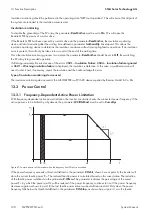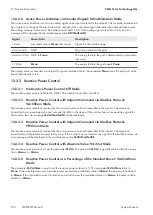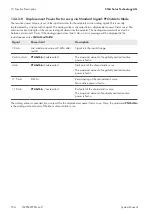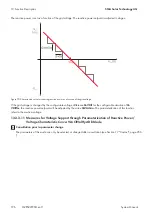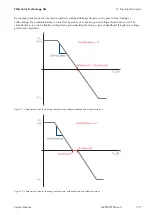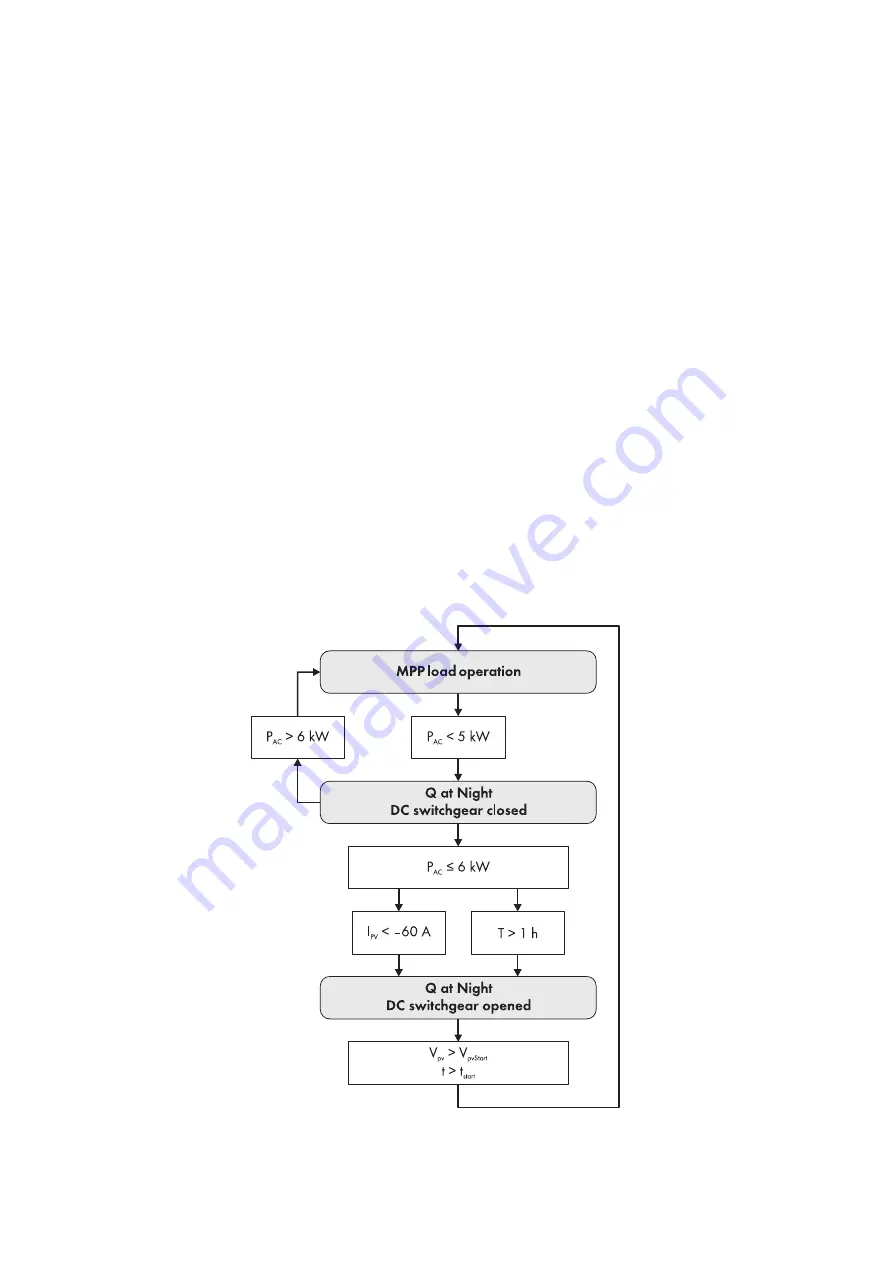
13.1.5 Startup
13.1.5.1 In Normal Operation: Active Power Ramp-Up
The inverter works up to its maximum feed-in power via a ramp. This means that the inverter gradually increases the
ratio of feed-in power per second by the value set in the parameter
WGra
.
13.1.5.2 After Grid Fault: Decoupling Protection Ramp
After a grid fault, the inverter restarts at a maximum of 10% nominal power per minute using a decoupling protection
ramp. You have the option of switching this decoupling protection ramp on or off. If you deactivate the decoupling
protection ramp, the inverter rapidly reverts to maximum power. If you wish to deactivate the decoupling protection
ramp, contact us (see Section 17 "Contact", page 256).
13.1.6 Load Operation
13.1.6.1 MPP
In the MPP operating state, the inverter feeds power into the utility grid and operates permanently at the Maximum
Power Point (MPP).
Operation
and the amount of power being fed in appear on the touch display. If the measured
power P
PV
during the time interval
PvPwrMinT
is less than the minimum feed-in power
PvPwrMin
or the key switch is
set to
Stop
, the inverter switches to the operating state "Shutdown".
13.1.6.2 Q at Night
With the order option "Q at Night", the inverter can provide reactive power in order to stabilize the utility grid during
non-feed-in operation, e.g. at night. This function is independent of normal feed-in operation. Only limited dynamic grid
support is available in the operating state "Q at Night".
Figure 61: General overview of the operating states of the inverter in the operating state "Q at Night"
13 Function Description
SMA Solar Technology AG
System Manual
MVPS22JP-SH-en-11
182
Summary of Contents for 1000-1SC
Page 257: ......



